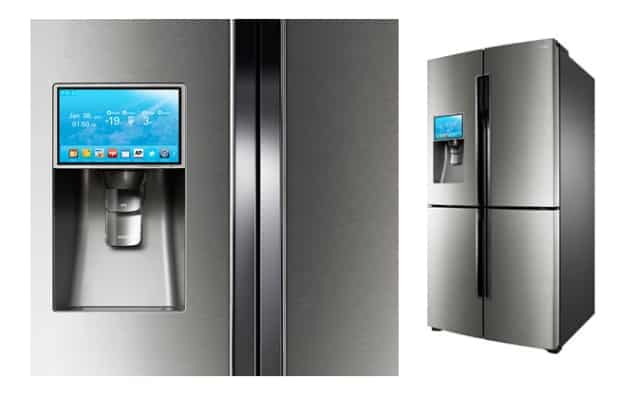A few years ago, handsets and tablets were the only smart devices which were commercially available apart from regular computers. Today, there are smart TVs and refrigerators, ovens and even smart toys. And all this is putting the users at risk.
The problem with the more recent smart devices is that they are pushed out without much forethought. Smart refrigerators, for instance, may allow you to connect with the internet but they don’t come with the right kind of security to ensure that you are protected.
The inevitable result of this is that hackers and botnets are able to access your smart device and turn it into yet another slave which can be used to harm other users by sending out spam emails and performing a whole lot of other malicious tasks. A notable security company, Proofpoint, recently revealed that between Dec 26, 2013 and Jan 6, 2014, it recorded a total of 750,000 spam emails from smart devices.
The devices which were sending out these spam emails included more than 100,000 compromised smart TV, multimedia centers and routers. Perhaps unprecedented was the finding that among these compromised devices, there was also a smart fridge, which should be a cause of alarm for many.
It is generally assumed that good digital security on our computers, smartphones and tablets is all we need. And that if we use any other smart devices, they are fine with just the rudimentary software. We couldn’t be more wrong in assuming so. An internet-connected smart TV comes with a camera and a microphone, so if compromised it can essentially record whatever goes on in your living room 24/7.
There is a dire need for companies, and consumers, to realize that the current crop of unconventional smart devices need to pack as good a security as our regular smartphones and tablets. For ‘internet of things’ to become a thing and be viable, we need to maintain a high and consistent level of security across all smart devices.
Courtesy: TechCrunch
[ttjad keyword=”android-phone”]



